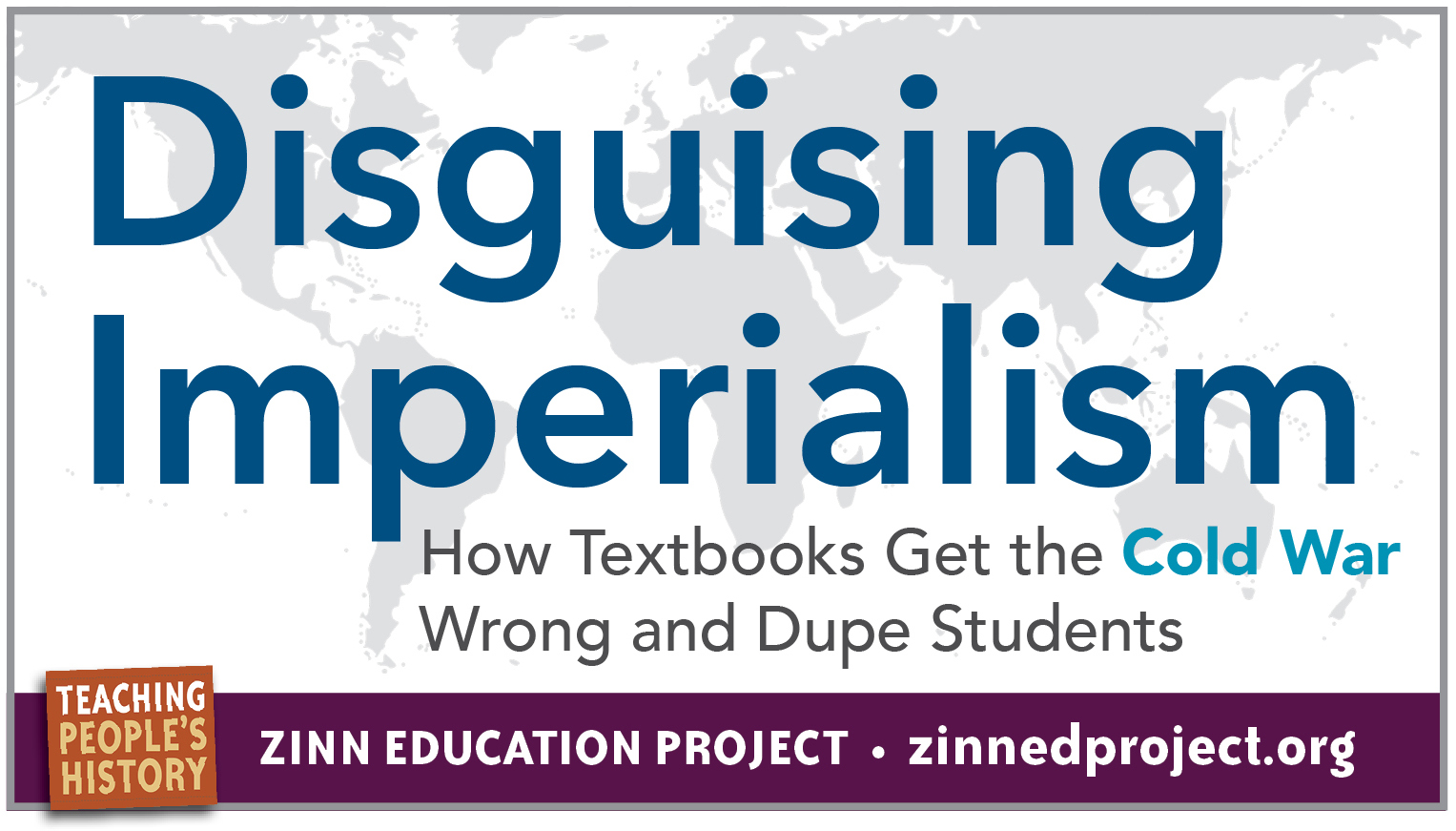 By Ursula Wolfe-Rocca
By Ursula Wolfe-Rocca
My 11th-grade U.S. history students and I were coming to the end of our unit on the Cold War in 2016 when news broke of Russian meddling in the U.S. presidential election. As we discussed news articles about the reported foreign interference, my students were incredulous: “Why is the media making such a big deal about this? What the Russians are being accused of is nothing compared to what the U.S. did in Cuba!” Sarah added, “I mean I know it’s bad to have the Russians hacking us, but it’s not like anyone died. In Congo, the leader was killed.”
In the days following the original revelations of Russian hacking, some journalists sought to remind readers of the United States’ own sordid past of foreign meddling. CNN, for example, ran a piece by Chilean author Ariel Dorfman about the U.S. role in overthrowing the democratically elected Chilean leader Salvador Allende in 1973. Dorfman’s readers could be forgiven if they did not recognize Allende’s name. They might never have heard of these either: Patrice Lumumba, Mohammad Mossadegh, Jacobo Arbenz. In many U.S. history textbooks, these leaders, all of whom were overthrown with the help (and sometimes at the direction) of the U.S. government, are mentioned only in passing, if at all.
Too often, when it comes to U.S. Cold War interventions, the official curriculum is sanitized and disjointed, leaving students ill-equipped to make sense out of their nation’s global bullying. Important events are just not there. Today, Congo and Afghanistan are among the most unstable places in the world. But how did they get that way? The Cold War history of these nations is nowhere to be found in our textbooks. What students do learn about U.S. interventionism is vague and incomplete, obscuring economic motivations behind anti-communism, and the significant harm caused by U.S. policies. And because Cold War content is spread over so many chapters, U.S. global intervention seems haphazard rather than methodical. Glimpsing one thread here and another thread there, textbooks do not invite students to see the whole tapestry of U.S. Cold War action, which systematically undermined democratic, often anti-colonial, movements around the world. (Textbooks also omit the Cold War anti-communism fearmongering used against U.S. labor and civil rights movements.)
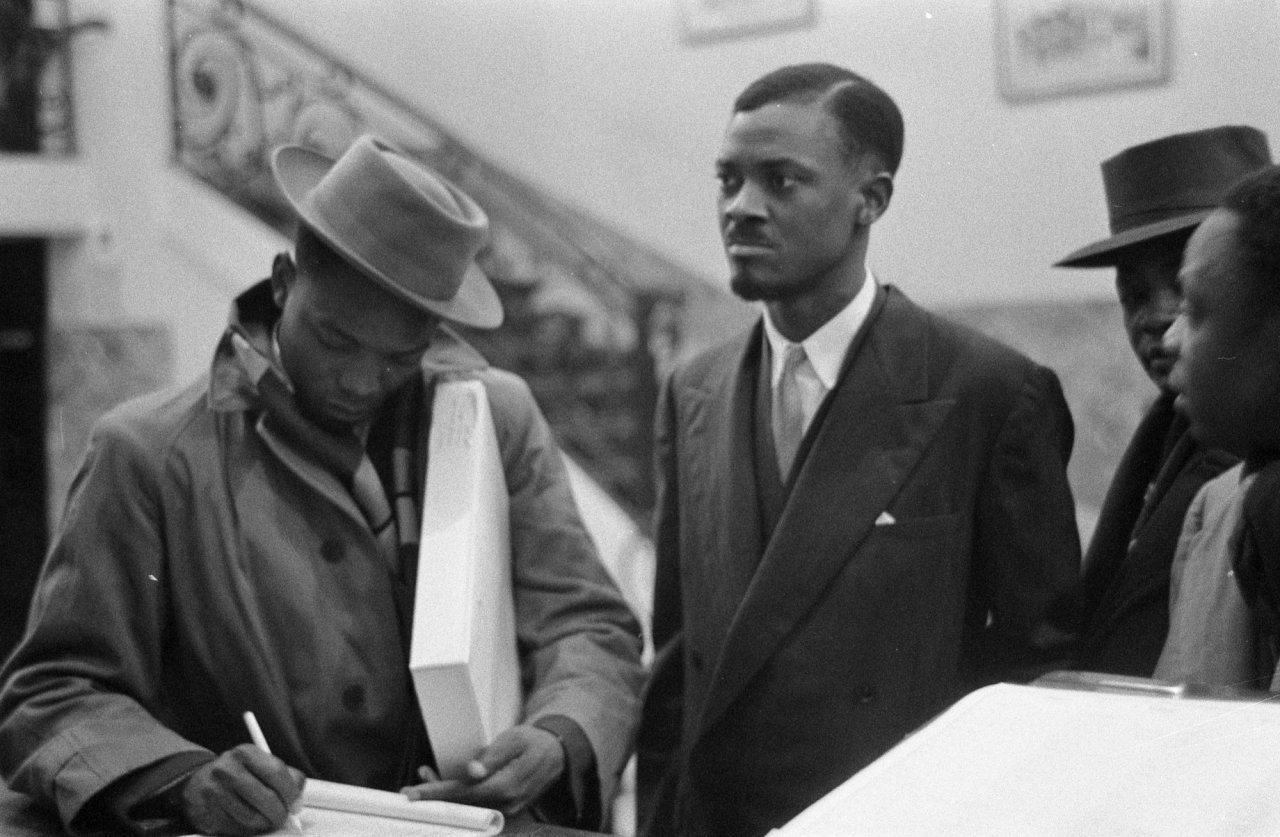
Patrice Lumumba (center), at the 1960 round table conference in Brussels to discuss Congo’s independence. Source: Wikicommons.
Pearson’s American Journey, the adopted textbook for my 11th-grade students, has a stand-alone chapter, “The Cold War at Home and Abroad: 1946–1952.” Since the authors of American Journey insist on maintaining a chronological approach, this chapter does not include Cold War policies of the later 1950s or the ’60s, ’70s, and ’80s. If you want to learn about Cuba, Vietnam, or Nicaragua, you will need to dig through other chapters, which follow the stale and triumphalist march of presidencies. And if you want to understand what motivated the overthrow and assassination of Allende in Chile, or Lumumba in Congo, you are out of luck. The textbook entirely leaves out the nefarious meddling of the United States in these places.
America: A Concise History, the college-level text adopted for the AP U.S. History courses at my school, shares some of the same limitations as American Journey. Though its Cold War chapter extends all the way to 1960, somewhat accurately describes U.S. support for dictators (“U.S. policymakers tended to support stable governments, no matter how repressive, as long as they were overtly anti-communist”), and at least mentions CIA-directed coups in Guatemala and Iran, there is no reference to the coup in Chile or other Latin American interventions of the 1970s and ’80s. When one looks for El Salvador in the index, that country is mentioned exactly once, in the final chapter, and there is no mention about U.S. military or political interference there: “Although Mexico continued to provide the largest group of Spanish-speaking immigrants, large numbers also arrived from El Salvador and the Dominican Republic.” The textbook offers no explanation for why large flows of Salvadorans might flee their country and what role a destabilizing U.S. imperialism had in creating that crisis. This omission is especially egregious today, as Trump strips Temporary Protected Status from Salvadorans and immigrants from other countries.
Even when these textbooks do include important events, readers come away less than enlightened. Take this paragraph, which appears under the heading “Containment in Action” in American Journey:
Twice during Eisenhower’s first term, the CIA subverted democratically elected governments that seemed to threaten U.S. interests. In Iran, which had nationalized British and U.S. oil companies in an effort to break the hold of Western corporations, the CIA in 1953 backed a coup that toppled the government and helped the young Shah, or monarch, gain control. The Shah then cooperated with the United States until his overthrow in 1979. In Guatemala, the leftist government was upsetting the United Fruit Company. When Guatemalans accepted weapons from the Communist bloc in 1954, the CIA imposed a regime friendly to U.S. business.
Although American Journey rises above some of its competition for including U.S. actions in Iran and Guatemala, one cannot ignore its ambiguous language. Why do the authors define Shah but not nationalized? Surely these two words would be equally unfamiliar to most U.S. adolescents. Without understanding the economic impact on foreign business interests when governments take control of key industries or land holdings, it is hard for students to see clearly what motivated these coups.
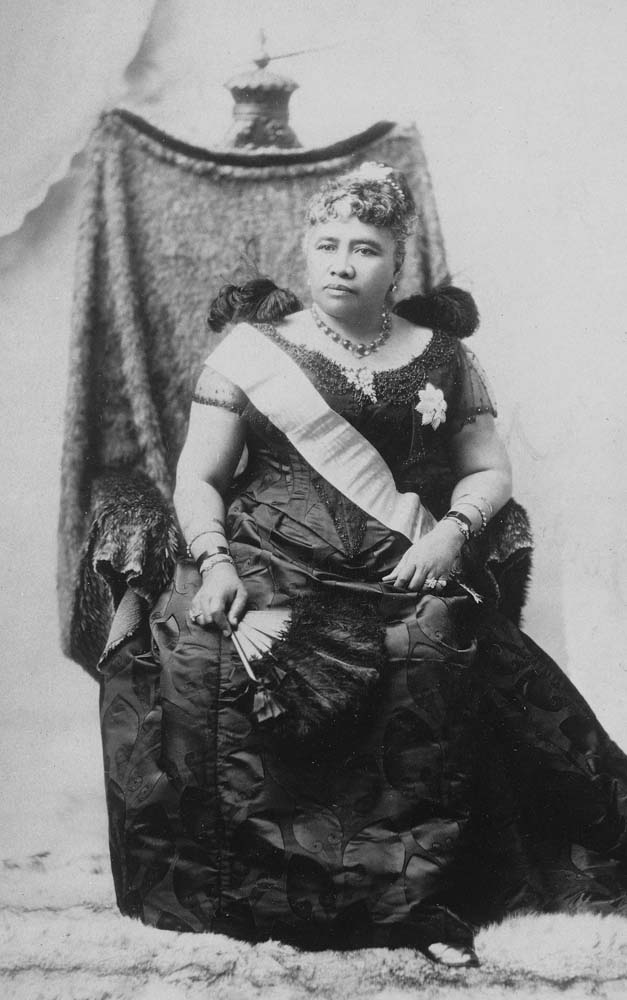
Princess Liliʻuokalani in 1887. She was queen of Hawai’i, 1891-1893, and was overthrown by U.S. forces. Source: Honolulu Star-Bulletin.
The verbs used in American Journey’s account are so vague as to put one to sleep, obscuring the drama and insidiousness of the actual events. American Journey says the CIA “backed” a coup in Iran; in reality that “backing” involved Kermit Roosevelt, CIA agent and grandson of Theodore, arriving in Tehran with suitcases full of cash to manufacture an opposition movement by hiring people to protest, bribing newspaper editors to print misinformation (real fake news), and creating a sham communist party to act as a straw man. American Journey says the Shah “cooperated” with the United States; it leaves out that such “cooperation” was defined by Iran’s purchase of billions of dollars of weapons from the United States as well as the CIA’s training of Savak, the Shah’s secret police force infamous for its human rights violations. American Journey says the Guatemalan government was “upsetting” the United Fruit Company; it fails to explain that United Fruit controlled 42 percent of Guatemalan land and that Jacobo Arbenz’s policies of nationalization threatened its profits. The authors seem unconcerned with asking students to think about why a private business might be directing U.S. foreign policy in the first place.
Instead of relying on the textbooks, students in my class investigate a single site of U.S. aggression, sharing what they have learned with each other to collaboratively write an essay comparing U.S. interventions in Cuba, Guatemala, Afghanistan, Congo, Nicaragua, Chile, and Iran. In this way, students surface the basic features of U.S. Cold War policy and reckon with the vast reach of U.S. state power. Students do not mistake any single example of anti-democratic wrongdoing by the United States as anomalous when the patterns are so stark.
The dominant periodization of U.S. history — in most textbooks and curricula — would have us learn something called “Westward Expansion,” separately from “U.S. Imperialism,” separately from “The Cold War.” In reality, these are better understood as a continuum. The political, economic, racial, and religious rationales used to justify the theft of Native land on this continent were the very same trotted out in 1893 and 1898 to steal the faraway lands of Hawaii, the Philippines, Puerto Rico, and Guam. The same insatiable greed for resources that led U.S. sugar barons to overthrow Queen Lili‘uokalani also fueled United Fruit’s seizure of land across Central America and its collaboration with the CIA to install business-friendly regimes there. U.S. imperialism cannot be neatly periodized; it is not an era to be bounded by the pages of a chapter. As long as the drive for profits remains paramount to U.S. foreign policy, imperialism will be central to the very existence of the United States.
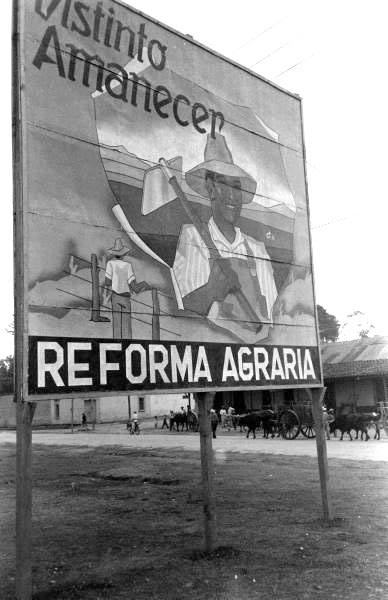
Billboard promoting the Guatemalan agrarian reform movement, circa 1950s. Photo by Cornell Capa • LIFE Magazine
And by failing to teach the Cold War as imperialism, we also miss an opportunity to highlight the resistance that was at its heart: Many of the movements the United States deemed “communist” — and therefore eligible for elimination — were anti-colonial efforts to take back land, resources, and power from ruling elites. Students should learn about Arbenz’s land reform program as a popular attempt to redraw lines of wealth and landownership in Guatemala. When textbooks reduce this threat to “communist subversion,” they downplay the power and promise held out to people all across the globe by the Guatemalan example. If we want our students to imagine a world where resources are not hoarded by a few, to the detriment of the many, we have to show them people who resisted that inequality, found ways to confront and restructure it, and indeed, were so successful as to invite the wrath of the most powerful government and military in the world.
Each day I am confronted with new headlines to unpack with my students:
U.S. Drone Strike Kills Powerful Iranian Commander;
Military quietly prepares for a last resort: war with North Korea;
Up to 1,000 more U.S. troops could be headed to Afghanistan
The perpetual interventionism and global hegemony exercised by the U.S. government today — evidenced in those unsettling headlines — urgently need to be questioned and dismantled. Such a monumental task requires a citizenry armed with clear-eyed understandings of its past. That cannot be accomplished when the Cold War is sanitized and downsized, confined to one chapter of a textbook, and divorced from the larger narrative of U.S. imperialism, then and now.
This article is part of the Zinn Education Project’s If We Knew Our History series.
A longer version of this article, “It’s Imperialism: How the textbooks get the Cold War wrong” was originally published in the Winter 2017 issue of Rethinking Schools. That version includes more details on the lesson.
Published at: Common Dreams.
© 2020 The Zinn Education Project, a project of Rethinking Schools and Teaching for Change.

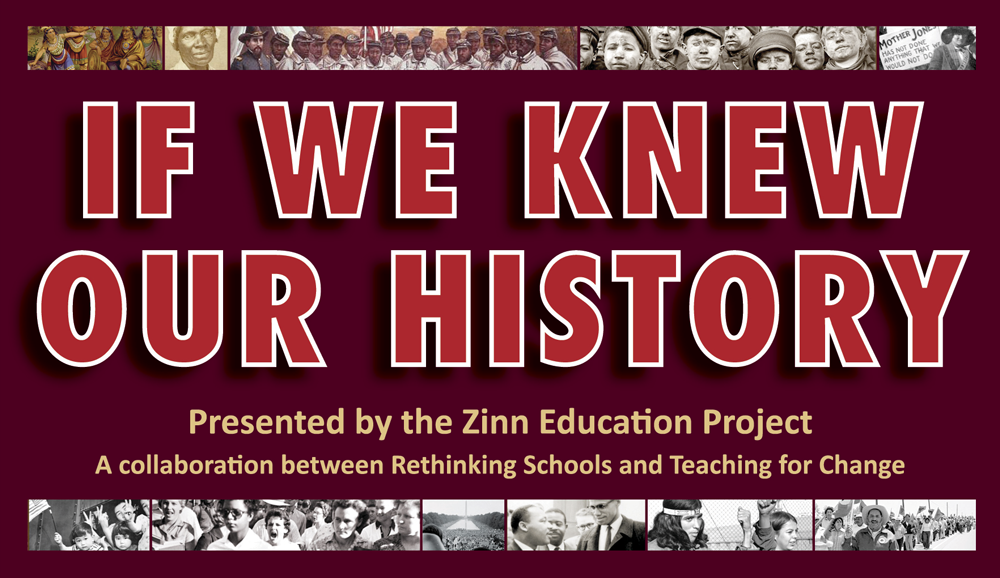

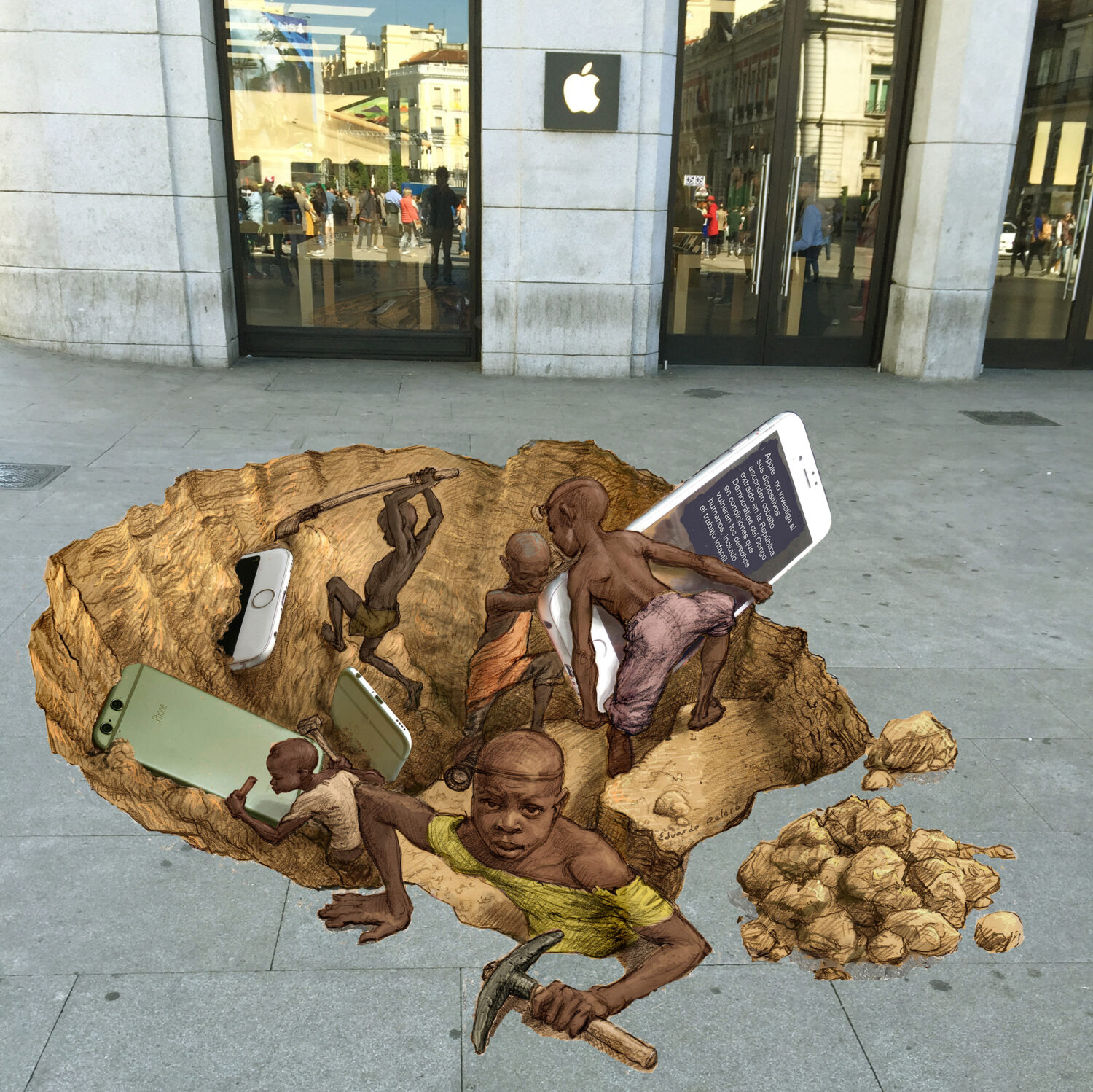
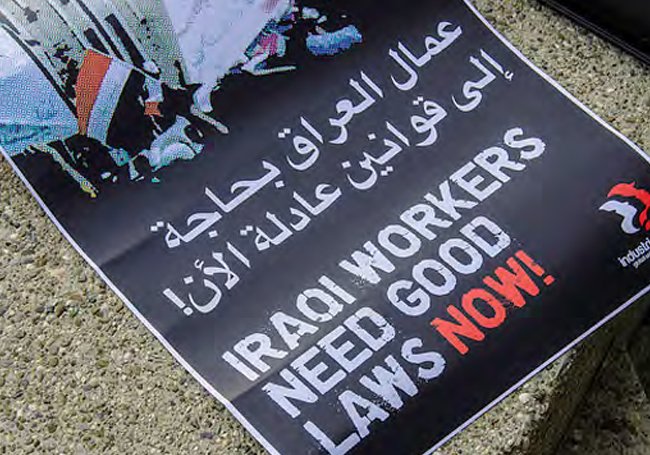
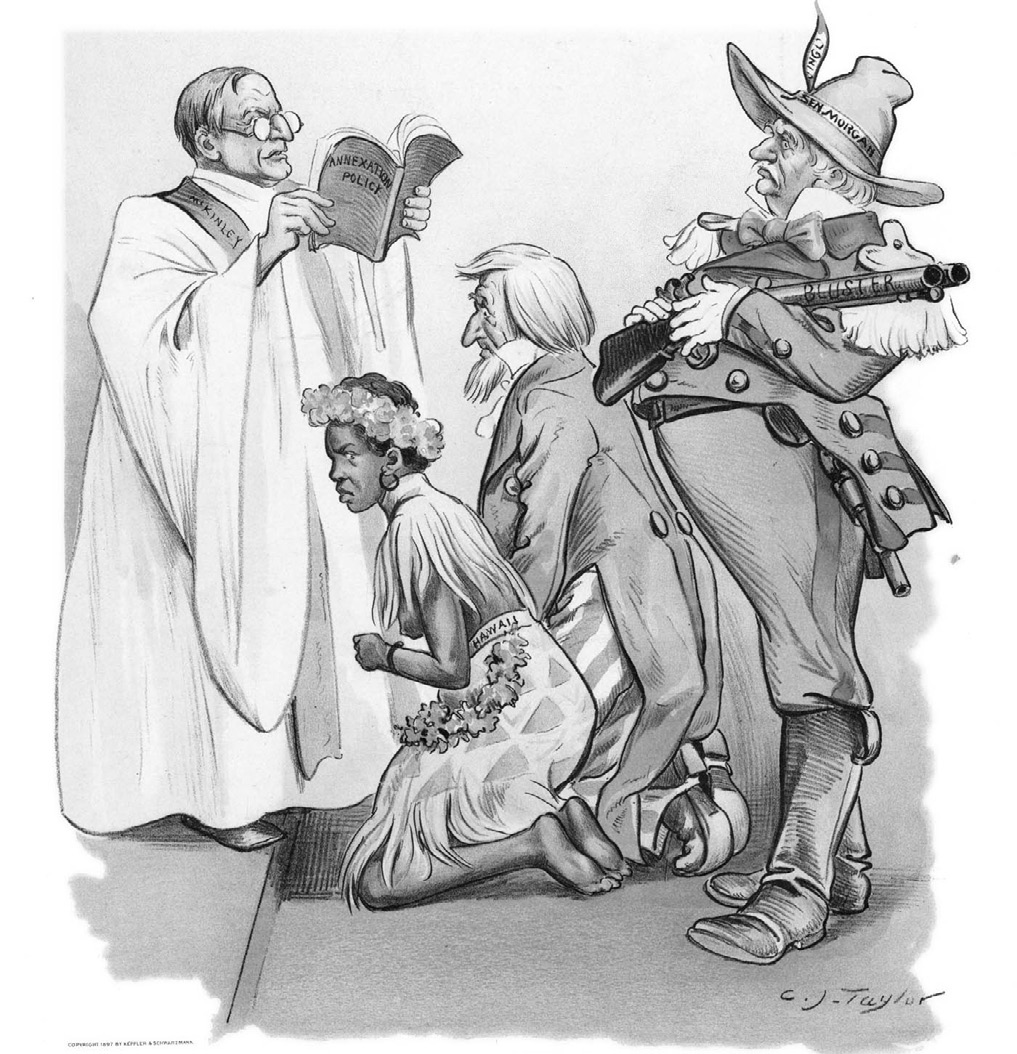
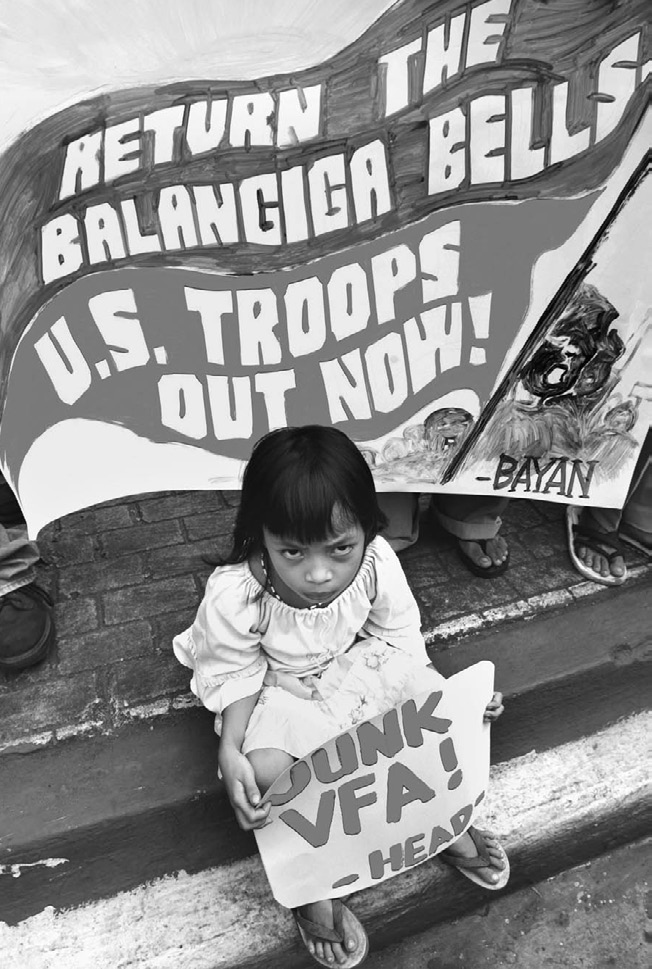
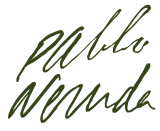
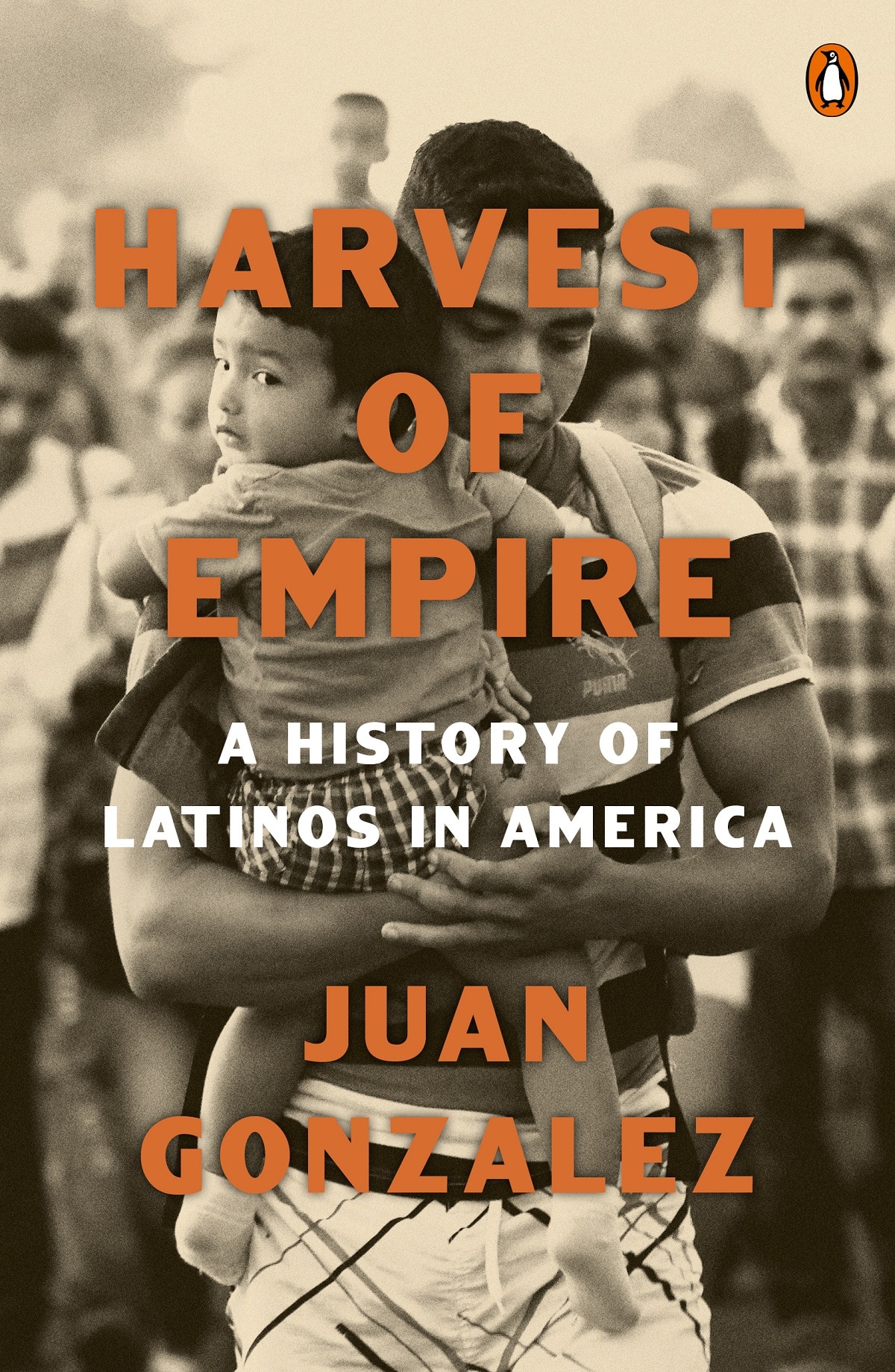
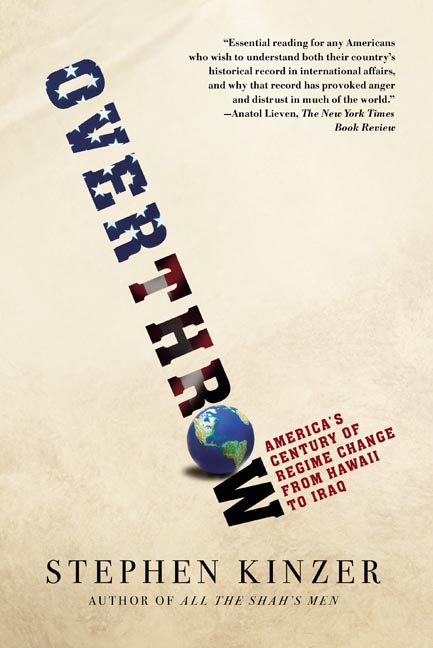
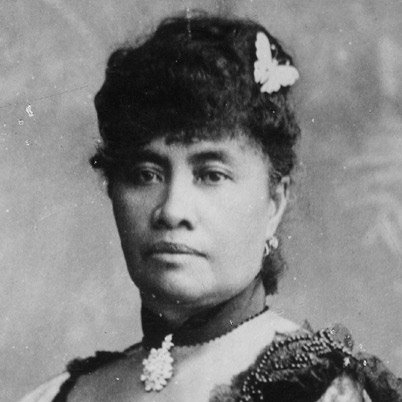
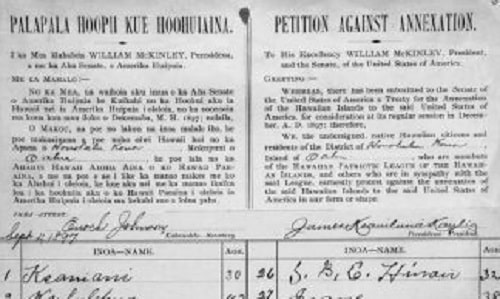
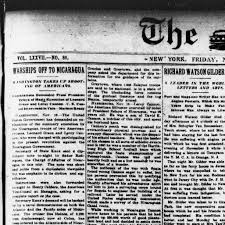
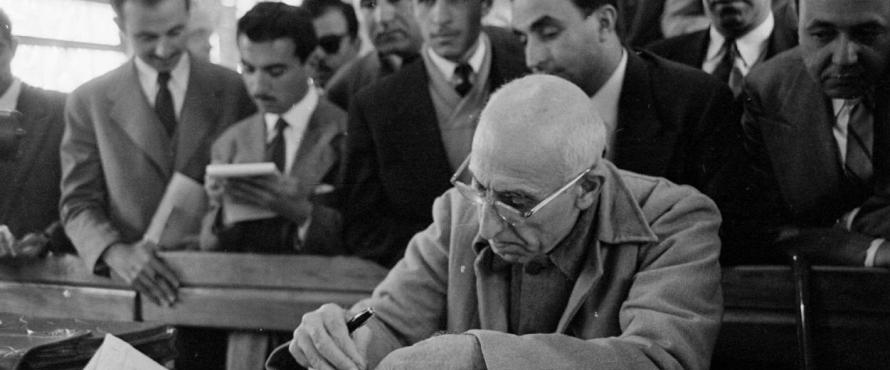
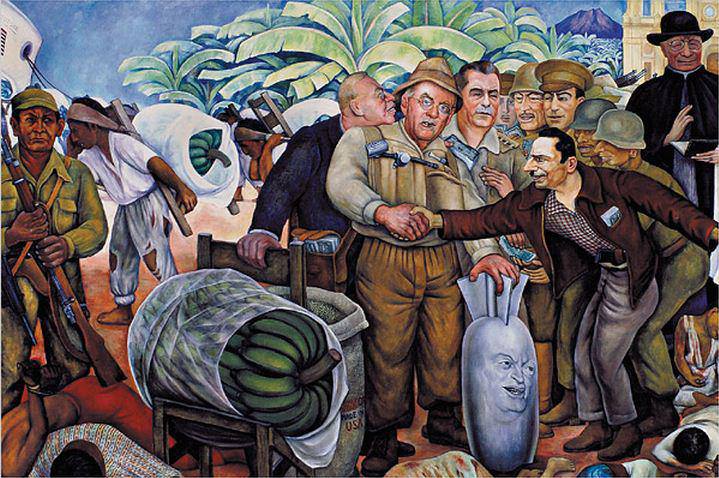






Twitter
Google plus
LinkedIn